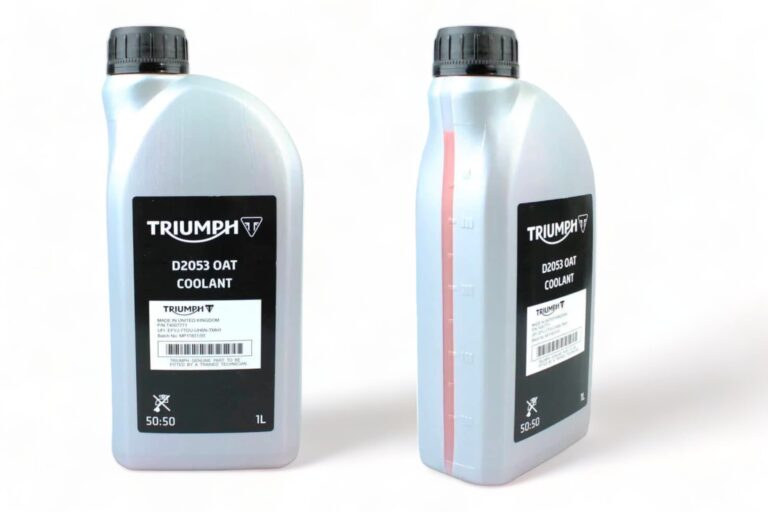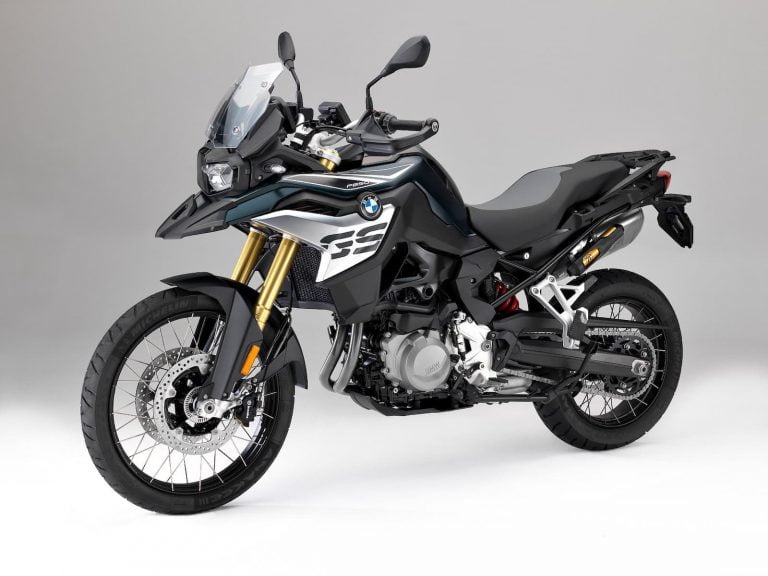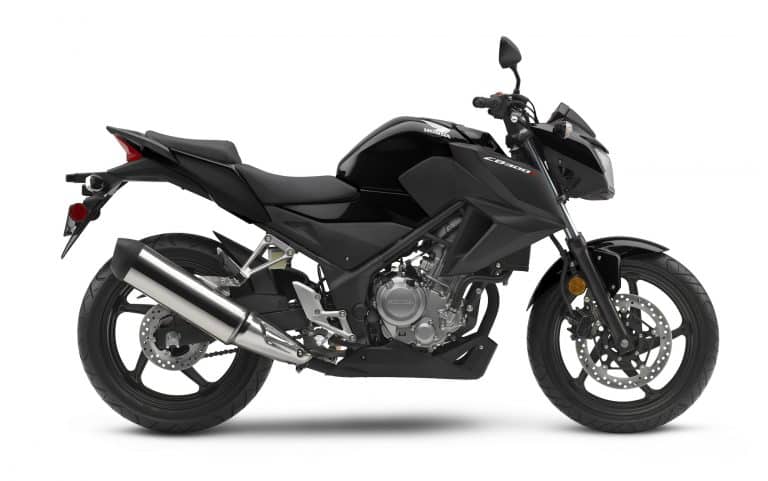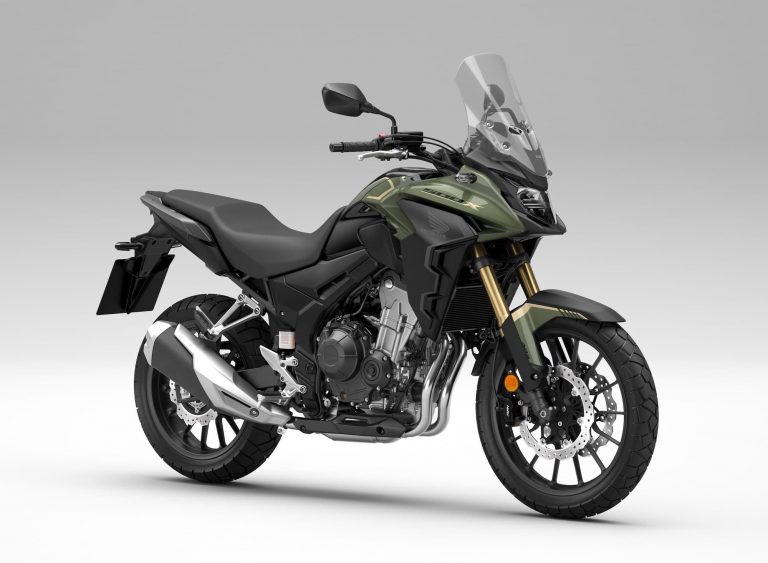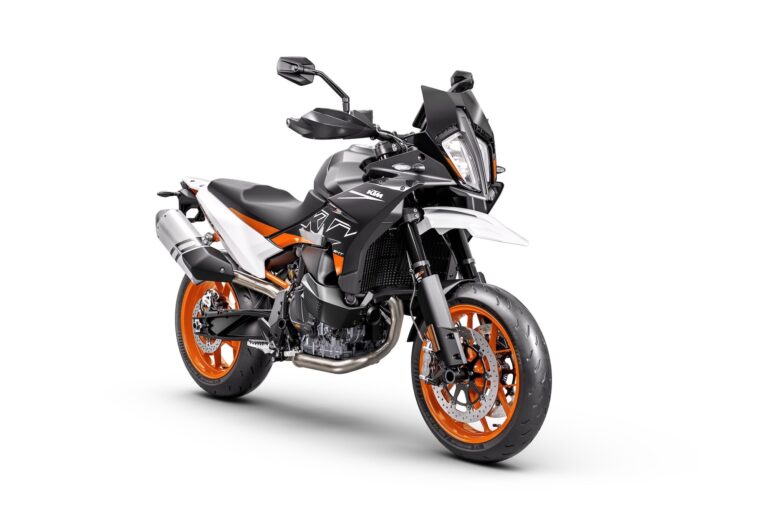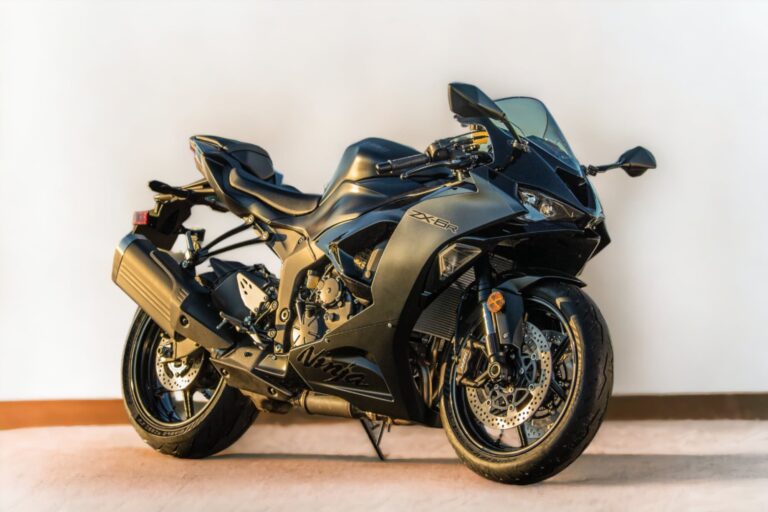Suzuki VanVan 125 RV125 (2003-2016) Complete Maintenance Schedule
This is the maintenance schedule and service intervals for the Suzuki VanVan 125 (also known as the RV125), the first veneration of the compact do-it-all bike made by Suzuki.
The Suzuki VanVan 125 is based on a very simple 125 cc air-cooled single-cylinder engine. It has a single overhead cam and two valves. The engine is carburettor-fed. Final drive is via a six-speed gearbox and chain.
In 2017, Suzuki introduced the Suzuki VanVan 200, replacing the original VanVan with a larger, fuel-injected engine.
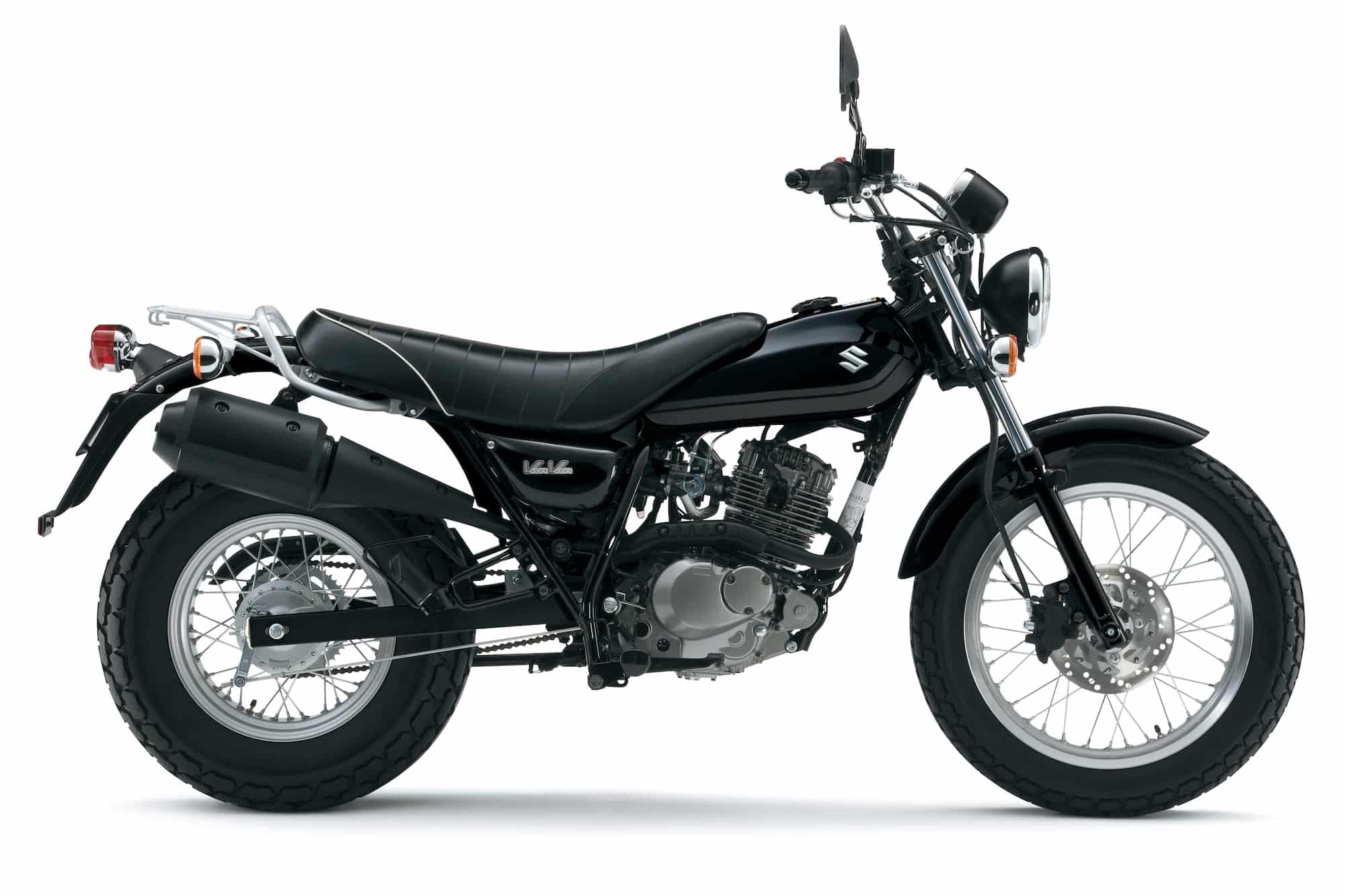
This site has links for things like oil and spark plugs from which we earn a commission (which unfortunately nobody can save, not even us). If you appreciate this work, then please use those links. Thanks!
Suzuki VanVan 125 Service Intervals
Maintenance intervals for the Suzuki VanVan 125 are every 2500 miles or 4000 km, or every 20 months (an odd period) — whichever comes earlier.
At every service, you need to change the oil and check the valve clearances, plus do a host of other checks. You change the spark plug every second service.
More detail in the maintenance schedule below.
What you need to service the Suzuki VanVan 125 (RV125)
The Suzuki VanVan 125 didn’t change significantly during its long tenure, so the parts below are applicable for every year in it was released.
| Part | Suzuki VanVan 125 spec |
|---|---|
| Engine oil | Suzuki recommends 10W-40 oil of API rating SG or higher and JASO rating MA or API rating of SG or higher. They recommend Suzuki Performance 4 motor oil, but a decent alternative is a mid-grade synthetic like Motul 5100 10W-40. |
| Oil filter | Use a Hiflofiltro part HF132, a high-quality drop-in replacement that you can change with a normal wrench. |
| Spark plug | The standard spark plug is a NGK CR8E or Denso U24ESR-N. |
| Air filter cleaner. | Use a non-flammable air cleaner solvent to clean the air filter (e.g. the K&N Air Filter Cleaning Kit) |
| Air filter | The part number for the air filter is 13780-13G02. (THis is the same part for the later model) |
| Chain maintenance | Use a Motul chain care kit to maintain the chain. |
| Brake fluid | Use a DOT 4, e.g. Castrol DOT 4 Synthetic. |
| Cable maintenance | Use Protect all cable life to keep those cables maintained. |
| General greasing | Use Lithium soap-based grease. |
Maintenance schedule for the Suzuki VanVan 125
Below is the maintenance schedule for the Suzuki VanVan 125. It is re-ordered slightly from the manual for convenience, but has the same basic content.
Notes
- Keep servicing it every 2500 miles / 4000 km as needed, following the pattern shown.
- You have to replace the fluids periodically, like on any motorcycle — brake fluid every 2 years and rubber hoses every 4 years.
- Since the VanVan 125 / RV125 is no longer sold, the break-in schedule is omitted.
Legend for the maintenance schedule
- I = Inspect, clean, adjust, replace, or lubricate as necessary
- R = Replace
- T = Tighten
| km x 1000 | 4 | 8 | |
|---|---|---|---|
| mi x 1000 | 2.5 | 5 | |
| Months | 20 | 40 | Every |
| Engine oil (Motul 5100 10W-40) | R | R | |
| Engine oil filter (HF132) | – | R | 2 oil changes |
| Air cleaner (13780-13G02) | I | I | Clean as necessary |
| Spark plug (NGK CR8E) | I | R | |
| Valve clearances | I | I | |
| Brake pads | I | I | |
| Drive chain (Motul chain paste) | I | I | Clean/lubricate every 600 miles (1000 km) or as needed |
| Brake fluid (Castrol DOT 4) | I | I | Replace every 2 years |
| Brake hose | I | I | Replace every 4 years |
| Throttle cable play | I | I | |
| Idle speed | I | I | |
| Clutch cable play | I | I | |
| Steering (smooth operation) | I | – | |
| Front fork | I | – | |
| Rear suspension | I | – | |
| Tires (tread depth, wear) | I | I | |
| Chassis bolts and nuts | T | T | |
| General lubrication (Lithium soap-based grease) | Lubricate every 1000 km (600 mi) |
Tyre sizes and pressures
The VanVan 125 has fat tube-type tyres.
Here are the recommended tyre sizes and pressures for the Suzuki VanVan 125.
| Wheel | Tyre (Tire) size | Tyre (Tire) pressure |
|---|---|---|
| Front | 130/80-18 M/C 66P, tube type | 125 kPa / 1.25 bar / 18 psi |
| Rear | 180/80-14 M/C 78P, tube type | 125 kPa / 1.25 bar / 18 psi |
The same tyre pressures are recommended whether 1 or 2 up. But adjust as you feel is suitable for your level of cargo or the road conditions.
Suzuki kept the tyre sizes constant for the VanVan 200.
About the Suzuki VanVan 125
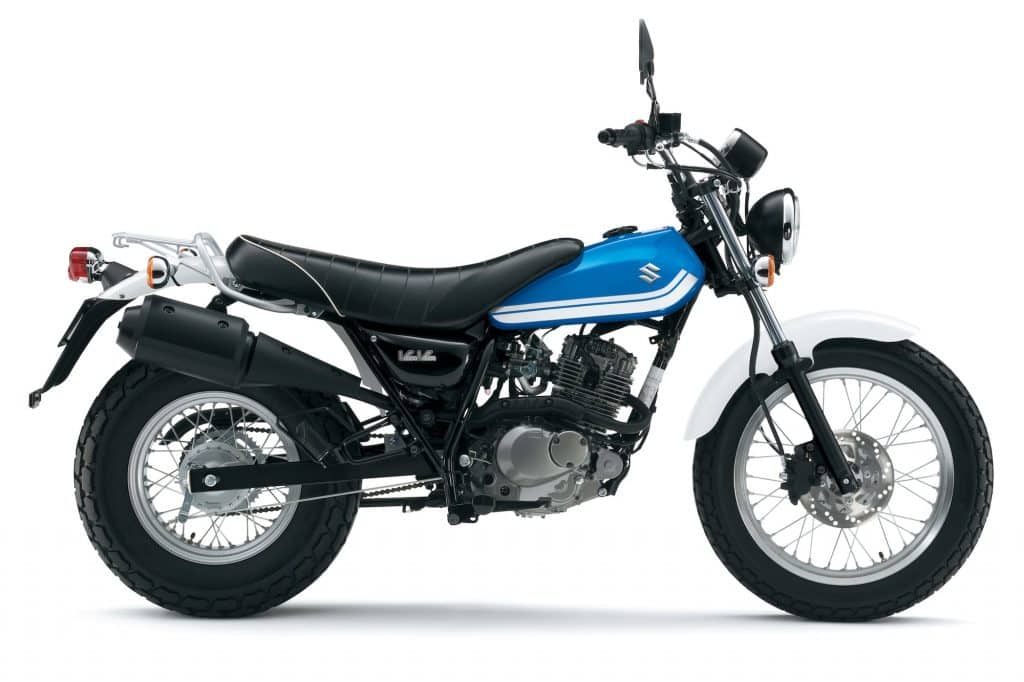
The original VanVan was the 125 — the ultimate do-it-all simple backroads scrambler from Suzuki.
But what made the VanVan 125 special? Simple — its simplicity. This is an unpretentious bike with very few features, the only one being that it does what it looks like it does, and it’s also pretty cool looking.
The VanVan 125 is based on a 125 cc single-cylinder air-cooled engine. It has a single overhead cam and two valves. Fuelling is via a Mikuni BS26 carburettor, and the final drive is a six speed gearbox.
It makes peak power of 9 kW or 12 hp at a surprisingly high 9500 rpm, but nobody is really counting horses.
Suzuki dropped the sixth gear for the VanVan 200, interestingly.
One of the more unusual things about the VanVan 200 that often gets mentioned is the unusual tire sizes, both front and rear. This means that, hypothetically, if you’re in the middle of nowhere and you need new rubber, you might find it more difficult than on a traditional dual sport like the DR-Z250.
The Suzuki VanVan 125 has, as you might expect, non-adjustable suspension and a front disc brake but rear drum brake.
One thing people often mention alongside the VanVan 125 is that its build quality is a little on the … not so good side. Even though it’s marketed as an off-roader or beach buggy, it’s not uncommon for people to find examples of rust on the chassis or forks if it’s exposed to harsh elements too much.
However, the RV125 has a very under-stressed engine and is known for lasting a very long time.
Maintenance on the VanVan 125 is easy, which is lucky, as it comes up really often – every 4000 km or 2500 miles. A valve inspection is recommended at every one of those intervals.
Valve adjustment for the RV125 is via a lock nut and manual adjuster, so bringing it within spec is very easy.
Manual for the Suzuki VanVan 125 / RV125
The above came from the service manual for the Suzuki VanVan 125 as well as referencing parts lists.
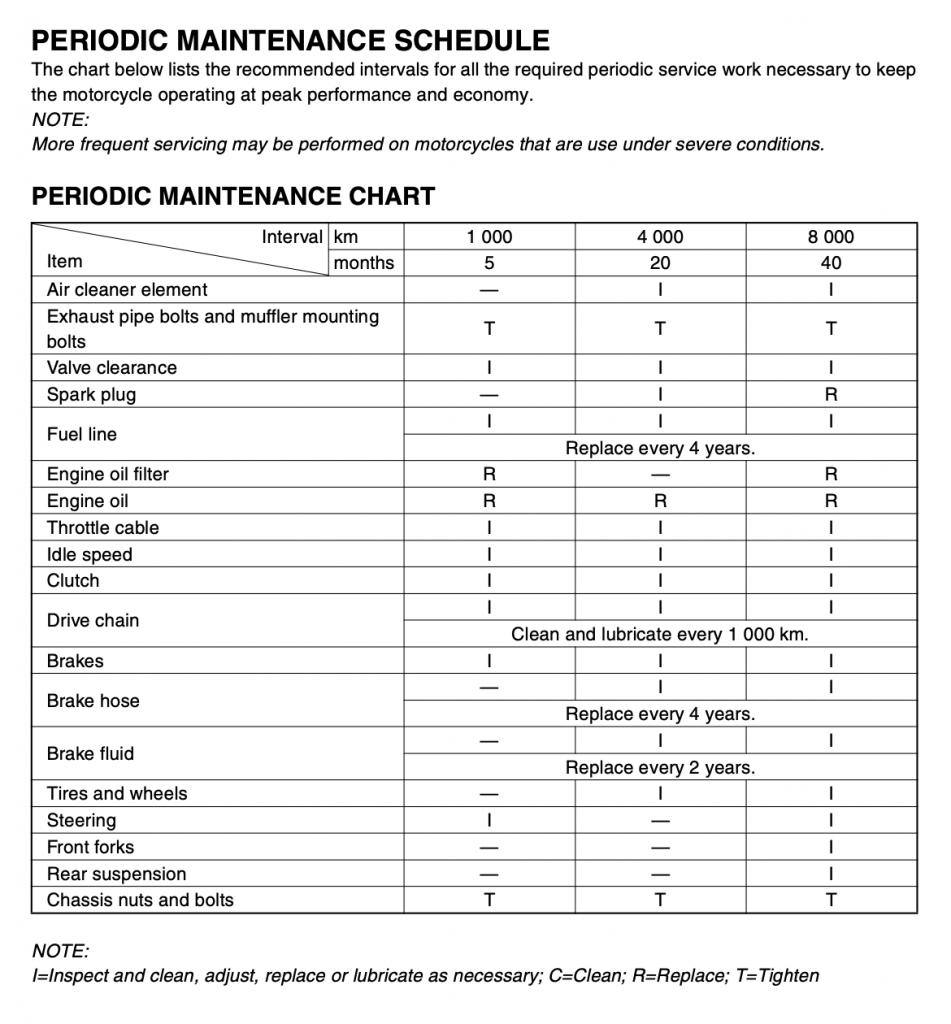
You can get the manual for the VanVan 125 from Suzuki’s official site here.
